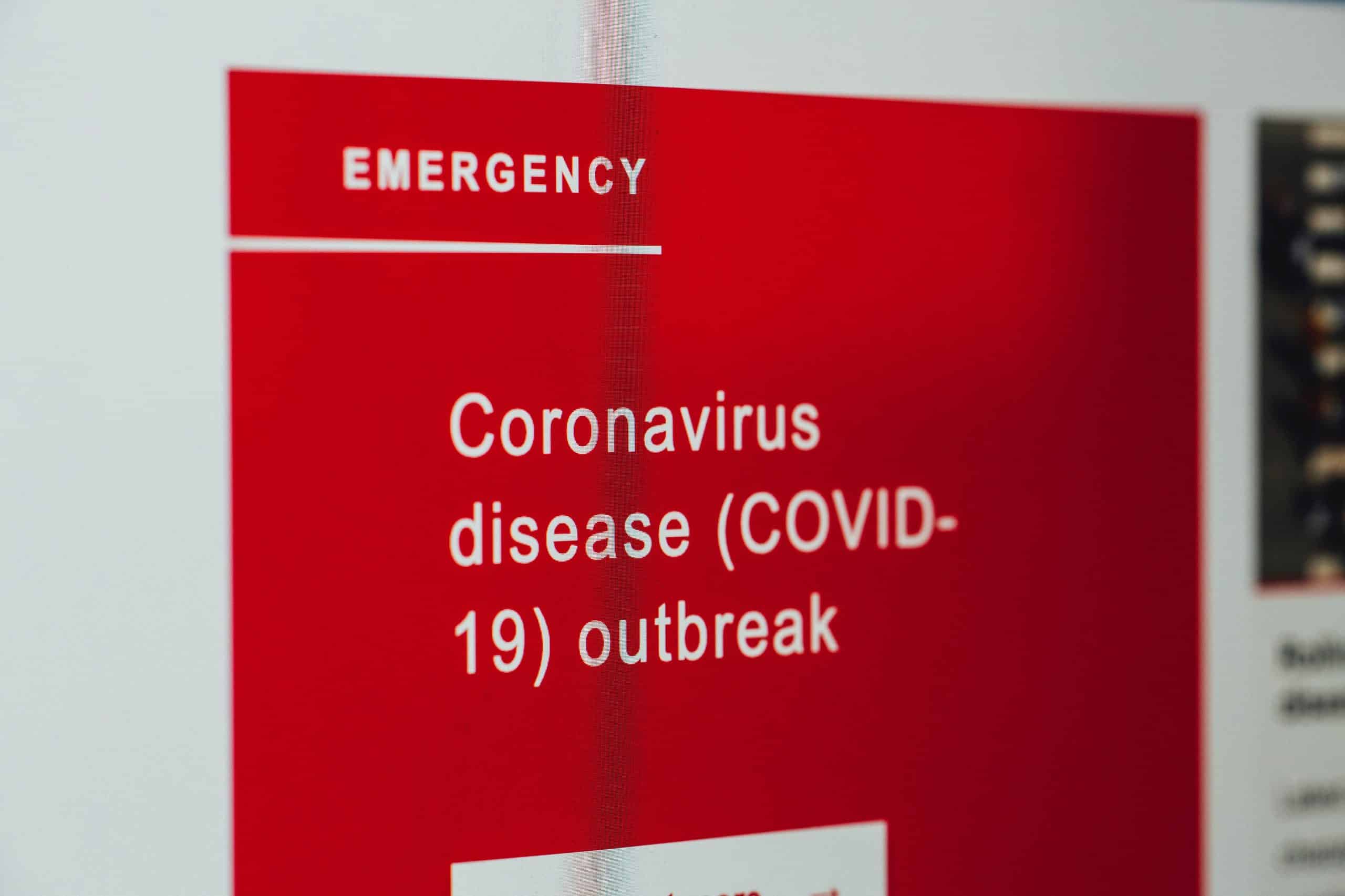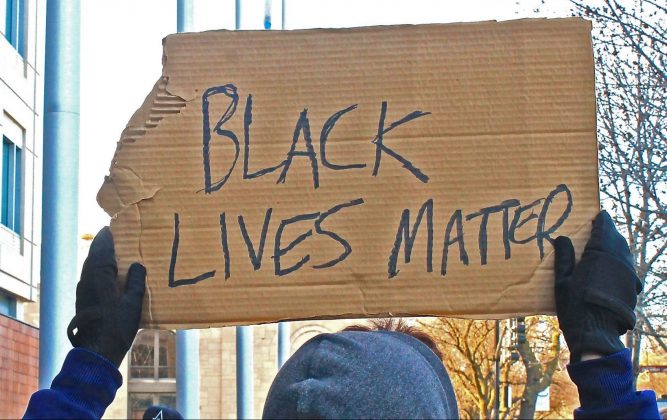VAWA Bill Fails to Support and Defend the Constitution of the United States
Coalition to End Domestic Violence
March 16, 2021
Rep. Jackson Lee recently introduced her version of the Violence Against Women Act (VAWA) reauthorization. In her press release, Jackson Lee emphasized how her bill would support “victim services, prevention, training, education, enforcement, economic stability, and other programs.”
This is good, but the most important question is, How well does her bill support and defend the Constitution of the United States?
To answer this question, the Coalition to End Domestic Violence compared the Jackson Lee bill to the tenets outlined in Principles of Conservatism, published by the Heritage Foundation.[1] Seven of the Heritage Principles are directly relevant to the Violence Against Women Act. Key parts of each Principle are shown in bold, below.
Conclusion
Rep. Jackson Lee’s bill fails to address seven of the Heritage Principles. In terms of supporting and defending the Constitution, Rep. Jackson Lee’s VAWA bill rates an ‘F.’
+++++++++++++++++++++++++
PRINCIPLE 1
The federal government exists to preserve life, liberty and property, and it is instituted to protect the rights of individuals according to natural law. Among these rights are the sanctity of life; the freedom of speech, religion, the press, and assembly; the right to bear arms; the right of individuals to be treated equally and justly under the law; and to enjoy the fruits of one’s labor.
ANALYSIS: According to the Centers for Disease Control, each year there are 4.2 million male victims and 3.5 million female victims of domestic violence. But male victims are often excluded by VAWA programs.[2] For example, Title IX is called “Safety for Indian Women,” and Title XI is called “Improving Conditions for Women in Federal Custody,” revealing an unconscionable discriminatory intent.
CONCLUSION: Concern not addressed.
PRINCIPLE 2
The federal government’s powers are limited to those named in the Constitution and should be exercised solely to protect the rights of its citizens. As Thomas Jefferson said, “The government closest to the people serves the people best.” Powers not delegated to the federal government, nor prohibited by the Constitution, are reserved to the states or to the people.
ANALYSIS: Article I, Section 8 of the Constitution does not authorize the federal government to enact criminal statutes. Within the context of VAWA, this Principle could be addressed by means of instituting block grants to the states.
CONCLUSION: Concern not addressed.
PRINCIPLE 3
Judges should interpret and apply our laws and the Constitution based on their original meaning, not upon judges’ personal and political predispositions.
ANALYSIS: VAWA funds judicial training programs that have been found to be biased in their content, thereby undermining the impartiality and fairness of judicial adjudications.
CONCLUSION: Concern not addressed.
PRINCIPLE 4
The family is the essential foundation of civil society, and traditional marriage serves as the cornerstone of the family.
ANALYSIS: VAWA has been documented to contribute to family break-down in a number of ways, e.g., by enabling false allegations.
CONCLUSION: Concern not addressed.
PRINCIPLE 5
Justice requires an efficient, fair, and effective criminal justice system—one that gives defendants adequate due process and requires an appropriate degree of criminal intent to merit punishment.
ANALYSIS: The Jackson Lee bill does not address the myriad of due process problems created by VAWA, e.g., widespread mandatory arrest policies and the issuance of restraining orders without proper due process.
The Jackson Lee bill would also promote guilt-presuming, junk-science criminal investigations known as “trauma-informed” (Section 206).[3]
CONCLUSION: Concern not addressed.
PRINCIPLE 6
America is strongest when our policies protect our national interests, preserve our alliances of free peoples, vigorously counter threats to our security, and advance prosperity through economic freedom at home and abroad.
ANALYSIS: VAWA allows a foreign national to receive priority treatment in obtaining employment approval and citizenship by claiming to be a victim of domestic violence — no evidence required.[4] This policy poses a security risk, since a terrorist could become intimately involved with an American citizen, and then bypass numerous security checks by playing the abuse card. The widespread problem of VAWA-induced marriage fraud was highlighted in a GAO report.[5]
CONCLUSION: Concern not addressed.
PRINCIPLE 7
The federal deficit and debt must not place unreasonable financial burdens on future generations.
ANALYSIS: The Jackson Lee bill would worsen government debt in two ways:
- Increase the VAWA authorization by an additional $280 million, representing a 50% increase over current levels.
- Expand the definition of “domestic violence” to include “verbal, psychological, economic, or technological abuse,” thereby placing far greater burdens on state crime victim assistance and compensation funds.
CONCLUSION: The Jackson Lee bill would dramatically increase federal and state government expenditures for domestic violence programs.
Links:
[1] https://www.heritage.org/truenorth
[2] https://www.reuters.com/article/us-health-domestic-violence-men/male-victims-of-domestic-violence-struggle-to-disclose-abuse-idUSKCN1UC2EF
[3]https://www.theatlantic.com/education/archive/2017/09/the-bad-science-behind-campus-response-to-sexual-assault/539211/


